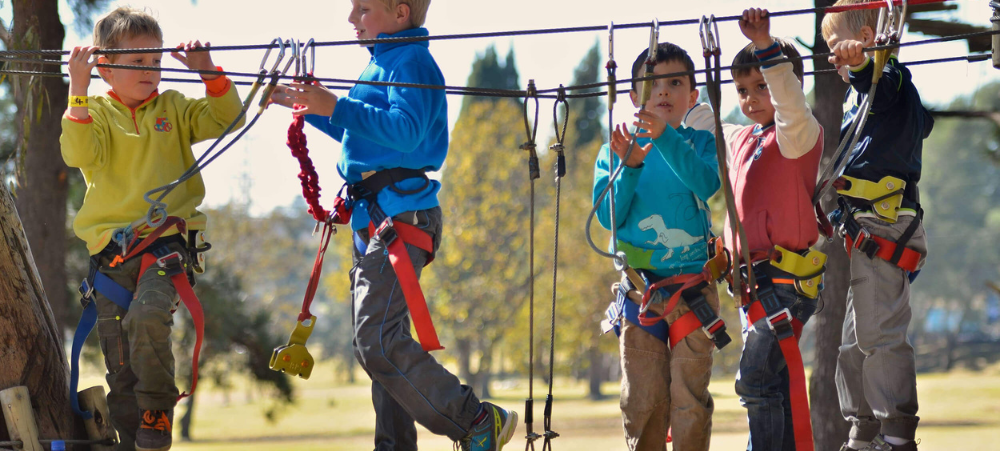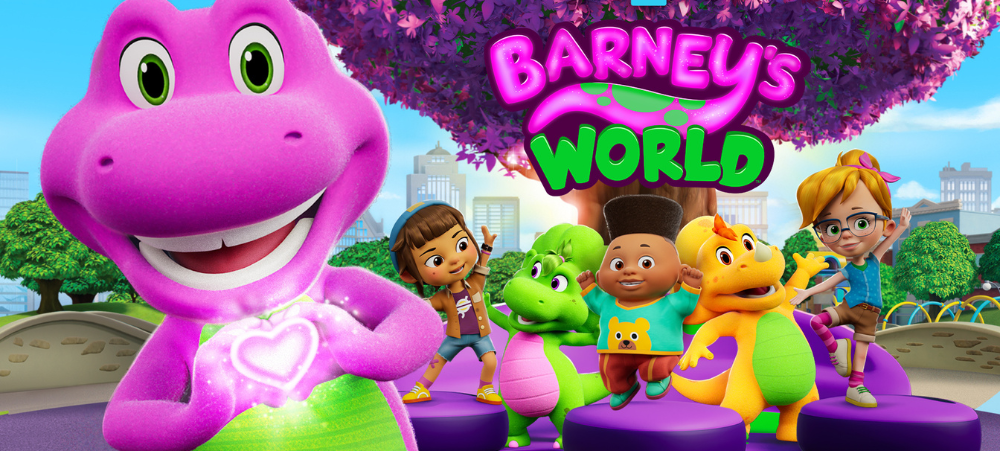
Boarding Reimagined: The Evolving World of Modern Boarding Schools
There was a time when “boarding school” brought to mind draughty dorms, squeaky floors, and a stern matron ringing a bell for lights out at precisely 20h30. Back then, boarding wasn’t really a choice but a necessity. Children from farms or distant rural areas packed their trunks and travelled into towns or cities to attend school. Boarding was about geography and access, a time-gone-by version of distance learning. Fast forward a few decades, and the educational landscape looks very different. Great schools have sprung up across the country, even in smaller towns. Families no longer have to send their children hundreds of kilometres away to find quality education. As a result, many parents now choose to keep their children in local schools for the primary years and only consider boarding for high school, as evident with the number of stand-alone Prep schools closing their boarding options. So, if distance is no longer the deciding factor, why does boarding still hold such appeal? Modern boarding houses have moved far beyond the cold halls and rigid routines of the past. Today, they are warm, welcoming environments that feel like home. Smaller dormitories or private rooms, cosy lounges, and caring house parents help create a nurturing atmosphere that supports both learning and personal growth. For many children, boarding offers something unique; a close-knit community where friendships run deep and experiences are shared. Boarders learn independence, time management, and responsibility, all within a supportive framework that helps them balance academics, sports, and social life. As one long-time boarding parent put it, “Boarding gives children the gift of independence, but in an environment where they are never truly alone.” Another added, “My son is busy at school until late afternoon, so he’s more settled staying there, rather than facing the stress of rush-hour traffic twice a day!” While proximity to good schools may no longer be the driving force, new reasons for choosing boarding have emerged. Particular schools offer different areas of focus; whether academic excellence, sporting strength, cultural enrichment, or a strong sense of tradition. These are often the driving forces behind a parents’ choice of school for their child. In addition to this, with many households having both parents working full time, balancing homework, transport, and after-school activities can become a logistical challenge. Boarding often provides a sense of structure and support that brings peace of mind to parents and consistency to children. In a boarding environment, children have access to teachers, mentors, sports, and cultural opportunities long after the school bell rings. The routine and stability help them develop a sense of belonging and purpose that enables them to thrive. Of course, being away from family can be emotionally challenging, especially for younger pupils. But modern boarding houses work hard to keep connections strong, encouraging regular communication, visits, and digital check-ins to maintain family closeness. Even in an age of choice and convenience, boarding remains relevant, not as a last resort, but as an intentional choice. For some, it provides the focus and independence they need to flourish; for others, it offers the structure, community, and care that can be hard to maintain at home. Boarding schools are no longer relics of the past but vibrant parts of modern education. They continue to evolve to meet the needs of today’s families while preserving the timeless values that have always defined them; friendship, independence, and belonging. The time spent at school is a vital chapter in a young person’s life, one that shapes character, builds confidence, and creates lifelong memories. Boarding offers students the opportunity to experience this chapter to its fullest, immersing themselves in every aspect of school life – academic, social, cultural, and personal. By Mr Allan Wells







